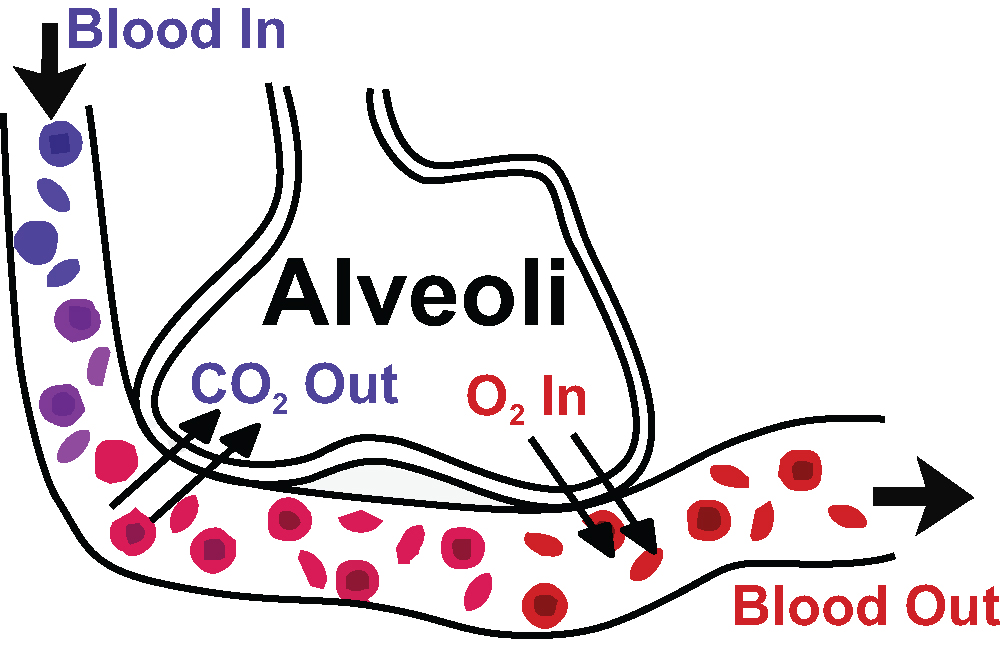

HOT TIP: If you would like to learn more about the differences between gas exchange and ventilation and how this relates to type 1 and type 2 respiratory failure, check out this post! VQ Mismatch: Shunt versus Dead Space If underlying pathophysiology causes a problem with ventilation and/or perfusion in the form of a shunt or dead space, the resultant VQ mismatch will cause hypoxemia.

Normal respiratory physiology is maintained by a VQ match, meaning a normal relationship between the amount of air entering the alveoli within the lungs (VENTILATION) and the amount of blood passing the alveoli within the pulmonary vasculature (PERFUSION). The movement of air into the lungs is responsible for bringing with it a fresh supply of oxygen, while the movement of air out of the lungs is responsible for removing carbon dioxide from within the body. In order to get oxygen into the lungs and carbon dioxide out of the lungs, the physical movement of air in and out of the lungs is required.

Therefore, it is important to have adequate perfusion through the pulmonary vasculature to ensure there is a fresh blood supply passing the alveoli within the lungs to allow this to happen. Before the VQ Mismatch, There Was a VQ Matchįor normal gas exchange to occur, oxygen within the lungs has to move into the bloodstream and carbon dioxide within the bloodstream has to move into the lungs. The difference in pathophysiology between a shunt and dead space is essentially why oxygen therapy works wonders in some patients but has a minimal effect on others. But how hypoxemia reacts to oxygen therapy is different based on whether the patient has a shunt or dead space the two problems associated with a VQ mismatch. The management for hypoxemia seems easy enough provide oxygen therapy as quick band-aid therapy to counteract the problem. Hypoxemia is an abnormally low concentration of oxygen in the blood which can lead to dire consequences when left untreated.


 0 kommentar(er)
0 kommentar(er)
